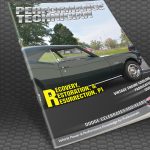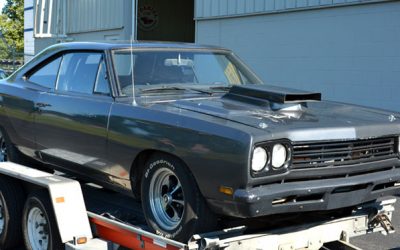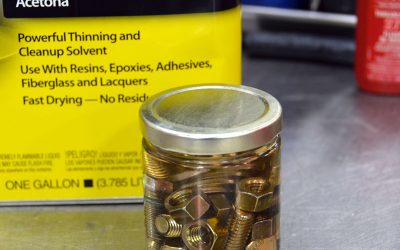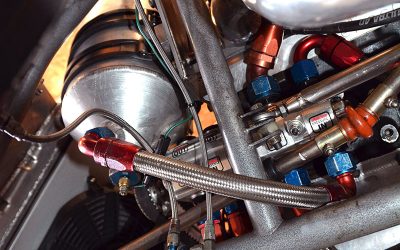…NASCAR events — the biggest spectator sport in the U.S. — had never moved me.
I’ve never been a fan of spectator sports. I only enjoy sports I can actually do myself, and had grown doing: marksmanship, boating, bicycling, dirt bike scrambles, and, when I had the extra time and money, drag racing.
So, NASCAR events — the biggest spectator sport in the U.S. — had never moved me. The subtle strategies for winning, the “trading paint,” and even the colorful personalities of the drivers were all lost on me. To be brutally honest, whenever I’d attend something like the Daytona 500 as a photography gig for magazines, weighed down with various Nikons and long lenses, I’d try to leave early to miss the exiting mobs. Didn’t much car who won.
Then, many years ago, Monroe introduced its Reflex shock to the press at Atlanta Raceway, and we journalists got to do the Richard Petty Driving Experience (www.1800bepetty.com for locations and prices).
Being much more an outlaw street racer (mostly, we drag raced whatever wrecks we owned, souped up or not, on deserted country roads) than a sanctioned oval track guy, and most of my business-related car testing having been on snaky road courses, the whole idea of blasting round and round was foreign to me. But, hell, the car looked as stable as a flat iron, so how hard could it be?
Well, not hard at all at a reasonable speed, but stuff can happen real quickly at 150+ mph. Gives a middle-aged man pause. There’s really not much fear of injury inside that substantial roll cage, but you could easily die of embarrassment if you were the only one who kissed that damn wall.
They make sure you don’t do that, though. Besides basic instructions, you get to take a couple of laps in the passenger’s seat with an instructor who knows how to drive a 600 hp Winston Cup vehicle at what he considers a leisurely 160 (I’ve been in airplanes that can’t go that fast). The wall comes up so close you can practically touch it, you’re getting cramps in your right leg from standing on the imaginary brake pedal, and you find yourself shouting all kinds of adolescent expletives — wow, whoa, jeez, yee-haw, holy whatever, etc. (nobody can hear you, after all). The best word I can come up with to describe it is “thrill,” only in all caps.
My turn. They have to pull the steering wheel off its spline so you can insinuate yourself through the window, then they snap it back on again after you’ve planted your posterior in the tight-fitting seat. That big five-point harness is very reassuring, but I’ll bet the guy who cinches it up could beat a young Arnold Schwarzeneggar arm wrestling, so don’t expect to be doing any deep breathing to help you relax.
Somehow, though, the minute you fire it up and hear that mean V8 crackle through its open pipes, the anxiety melts away. Blip the throttle. This is my kind of motor. The big, solid shifter feels great, too, although clutch effort is so high I wonder if my old motorcycle knee will hold out.
The drill is that you follow an instructor, and if he sees you’re doing okay and are closing on him, he speeds up (within limits). These things jump, though, and my main problem was running up close to the instructor way too fast so that I had to spike the brakes. Well, maybe the wall was really my main problem. I seem to be genetically programmed to give immovable objects a wide berth and I swear I could feel it pushing me away.
To say it was a challenge to my previous over-estimation of my driving skills is an understatement. I came away with a much better idea of the nerve that’s required of NASCAR drivers. I was impressed.
This issue of Performance Technician opens a whole new area of coverage. Sure, we’re still giving you the kind of practical hands-on tech articles you won’t find elsewhere, but we’ll also be introducing you to the restoration business, which often includes high-performance aspects, and should be interesting to any car guy. To complement the main feature, we’re including a story about an incredible fabrication shop. I don’t know about you, but I enjoy this kind of work, maybe even more than making a good diagnosis.







0 Comments